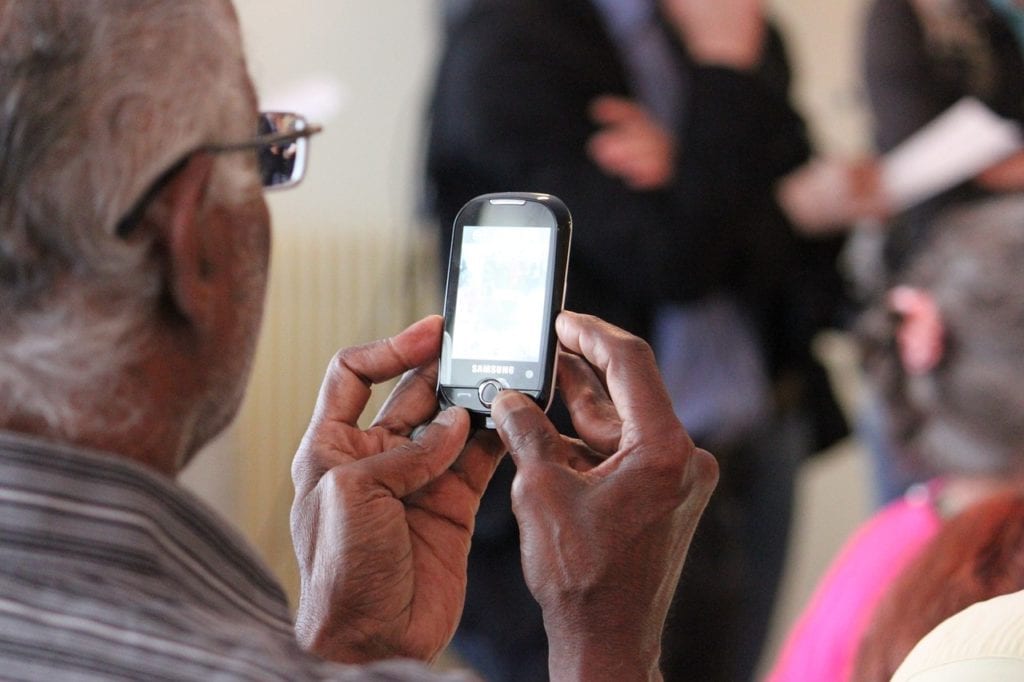Wearable Tech: Understanding Daily Life with Cancer

When someone faces cancer, the toll it takes on their body is big, especially with a condition called cancer cachexia. Scientists are trying hard to find ways to measure how well a person can move and do things when they have this condition.
The current tests, like asking patients or doing specific tasks, aren’t perfect. They can be hard for patients and might not show the full picture. But there’s hope in new technologies! Wearable gadgets, like sensors, can track how someone moves every day without being bothersome.
This could give a much better view of how a person deals with their day-to-day activities.
How Wearable Tech Guides Better Care
However, before these new gadgets become the norm, they need to prove they really help patients. Scientists need to show that these measures matter to people, work well, and actually do what they say they do.
Recently, there have been some exciting submissions to health authorities about using these gadgets in different areas of medicine. It’s like peeking into the future of how we might measure things in healthcare.
Mesothelioma, a disease caused by exposure to asbestos, is linked to this research. Understanding how people with mesothelioma move and do daily tasks, especially when dealing with cancer effects, can also benefit from these new measuring tools.
Tracking how someone handles their activities could give doctors a clearer picture of how mesothelioma affects them, helping find better ways to support and treat those affected.
Source:
Aryal, Suvekshya, Shelby L. Bachman, Kate Lyden, and Ieuan Clay. “Measuring What Is Meaningful in Cancer Cachexia Clinical Trials: A Path Forward With Digital Measures of Real-World Physical Behavior.” JCO Clinical Cancer Informatics 7 (September 2023): e2300055. https://doi.org/10.1200/CCI.23.00055.





